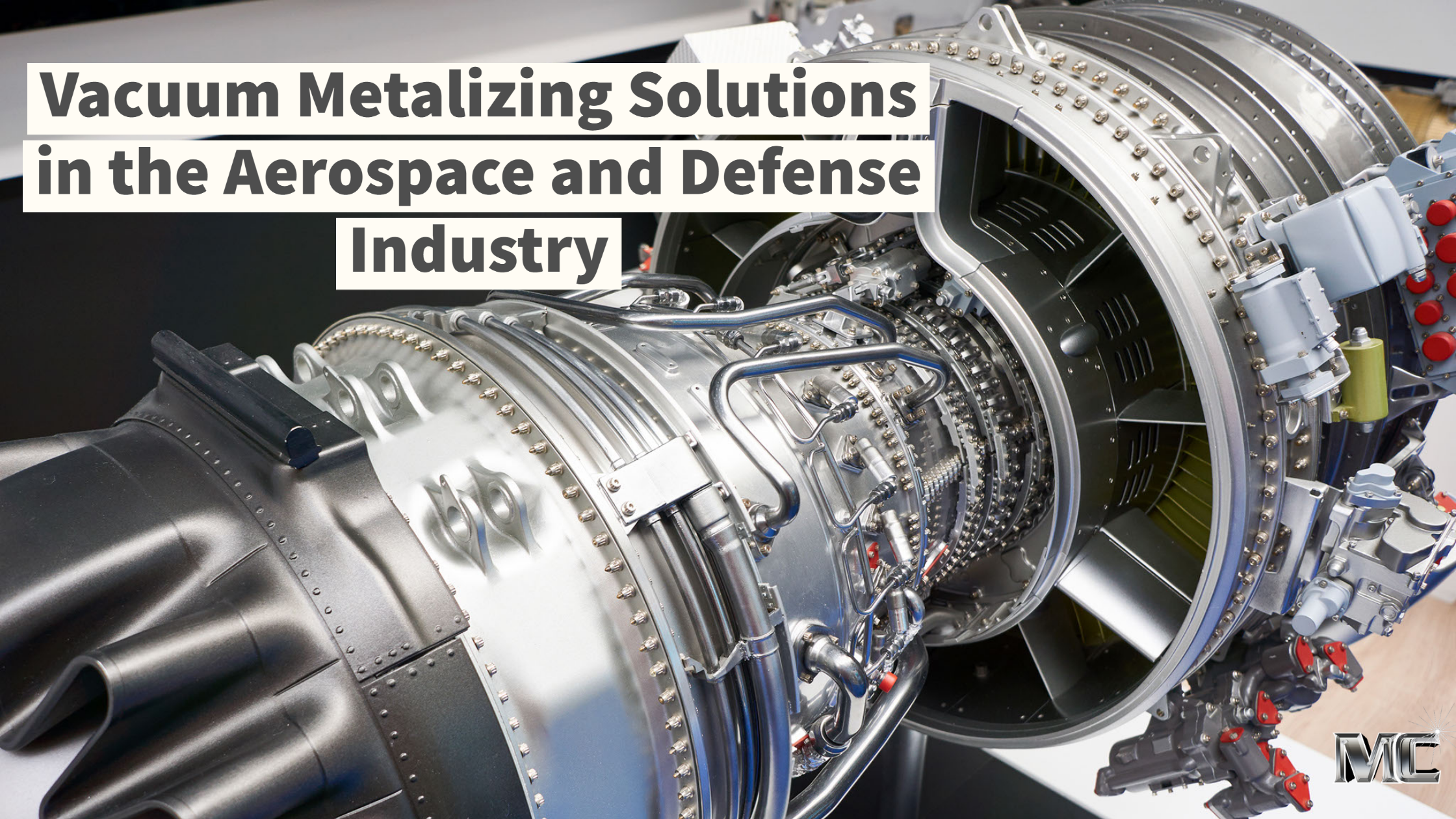Important Aspects of Vacuum Metalizing Solutions
Electromagnetic interference (EMI) interferes with device operation. Vacuum metallization is such an EMI shielding solution. Vacuum metalizing entails prepping a platform, vaporizing a material, and putting it on the product.
Vacuum metalizing coatings are employed in many sectors, including aviation, metal manufacturing, medical, military, and ceramics. It is used in automotive illumination, electronic parts, cosmetics and packaging material, EMI/RFI/ESD shielding, improved barrier prevention, solar/photovoltaic, and other applications.
Essential for industries like aerospace and defense to provide EMI/RFI shielding by employing aluminum, copper, stainless steel, nickel chrome, and conductive coating. It also offers highly reflected light-reflecting coverings and functional coated products such as thermal protection, PTFE coatings, Cerakote ceramic polymer-based coatings, and more.
Let’s look at the essential aspects of vacuum metalizing products in the aerospace and defense industries and why it’s such a necessary process for a profitable result.
Three Types of Vacuum Metalizing
Vacuum Metalizing in EMI/RFI Shielding
Electromagnetic interference (EMI) and radio frequency interference (RFI) degrade the quality and intensity of electronic signals, causing disruptions and poor performance in critical communication devices and systems. Shielding minimizes the vulnerability of electrical errors by stopping undesirable outside or inside electromagnetic waves from producing and conflicting with other circuits or systems.
EMI/RFI shielding systems optimize electrical properties, dielectric properties, magnetic transmittance, and structural design to prevent EMI/RFI emission. Shielding, in principle, diverts electromagnetic waves with reflecting surfaces before heating the shield, providing low electric and thermal conduction critical aspects of an EMI/RFI Shield.
Vacuum-metalized products can reduce entering frequencies without affecting the operation and are an excellent choice for various materials, including plastics. The shielding is also relatively corrosion and rust-resistant any place you put it, depending on the metals you use for your EMI reduction. You can anticipate your metallic coating electronics to restrict electromagnetic interference for a long time without trouble.
Usually, EMI and RFI are inadvertent results of electrical activities. However, in some circumstances, EMI and RFI are intentionally produced. The military would employ EMI to assist in the blocking of hostile radio broadcasting transmissions. For quality EMI/RFI shielding, it is essential to apply quality metals like aluminum, copper, stainless steel, nickel, etc. UV vacuum metalizing provides the proper coating and shielding required by various products and parts in the aerospace and defense industry.
Vacuum Metalizing in Reflective Coatings
It gives a distinctive and eye-catching look. Metalized surfaces can have a highly reflecting mirror finish or be utilized decoratively in conjunction with other procedures like coating or lamination. Vacuum metalizing sheets can be dyed or covered to give the base a distinct color. The most common use is golden and silver wiring, which has evolved into an essential ornamental element for textiles after being coated with aluminum and modified using polyester films.
Furthermore, the decorative plastic coating is extensively applied in equipment, machines, vehicles, toys, lights, and home appliances, among other things. It has significant economic value and usefulness in aviation and the military. Vacuum metallization, particularly aluminizing, is most typically applied to various optical illumination elements, like bicycle and automotive reflectors.
Automotive clients, for example, employ PC or aluminum to reflector polish the material at the prototype phase before metalizing it to evaluate visual reflectance and simulate mass-produced injected molding components. Vacuum metalizing is essential to get the required products to achieve such reflective coatings for highly reflective parts in the aerospace and defense sector.
Vacuum Metalizing in Enhanced Barriers
The function of resource packaging in improving the airflow cycle and storage stability of products is becoming highly significant in the aerospace and defense industry. Particularly for food, medications, cleaning products, and other products with high-quality requirements, the utilization of high barrier efficiency packaging products is frequently the most efficient mechanism.
The film plating technique limits the substrate’s light transmittance, providing an efficient light shield crucial for reducing UV exposure. The vacuum metallization technique gives effectiveness to commercial and domestic electromagnetic barrier insulating products. Insulation solutions for essential space missions comprise layers of polyimide film and other sheets vacuum metalized by the film metallization technique.
Conclusion
Quality vacuum metalizing is essential for achieving satisfactory outcomes in such applications and products in the aerospace and defense sector. For that, investing in a reputable business like Mueller is critical when it comes to specializing in vacuum metalizing in the aerospace and defense industries. Mueller Corporation, established in 1955, provides clients with a wide range of vacuum metalizing, commercial and functional coatings to meet various cosmetic or technical finishing requirements in multiple industries.





